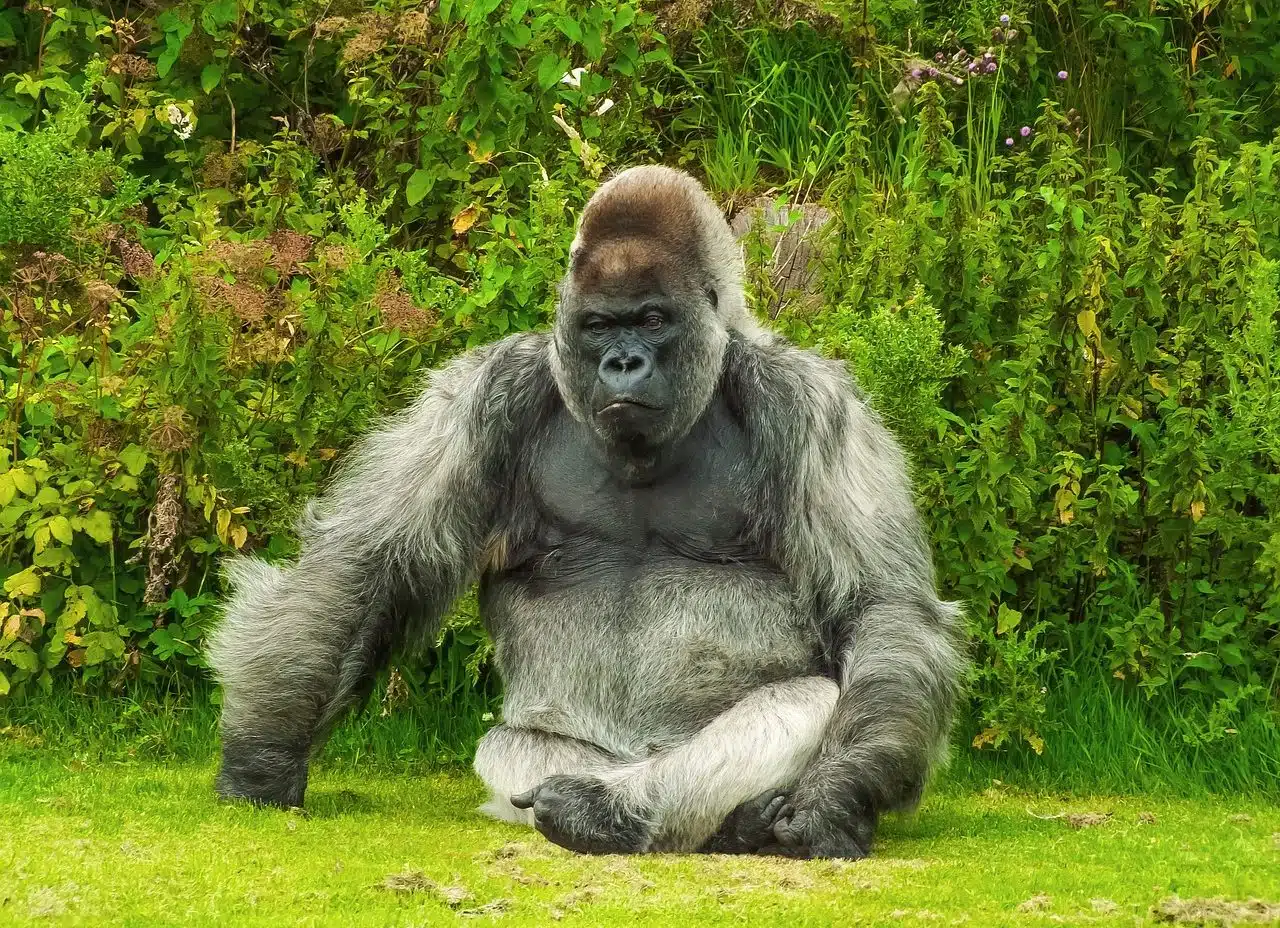
The human being is a primate.
Primates constitute an order of mammals that, in turn, can be divided into two suborders: the haplorhines and the strepsirrhines . Humans are part of the haplorhine suborder within the order of primates.
Latin is where we can find the etymological origin of the term that concerns us now. Specifically, it derives from primas, primatis , which can be translated as "first" or "principal."
Primate characteristics
Primates can be defined as plantigrade mammals that have five fingers on their extremities and that have thumbs that are opposable to the rest. The earliest evidence of primates dates back to 58 million years ago, although it is believed that this order could have emerged about 85 million years ago.
The group of primates is very broad. In addition to humans, they include everything from lemurs to gorillas , including baboons , lorises , chimpanzees and orangutans . This means that there are primates that weigh less than thirty grams and others whose weight is around two hundred kilos.
Despite the notable physical differences, most primates share characteristics such as the ability to see in colors , the presence of nails instead of claws and the advanced development of their cerebral hemispheres.

Primates can present different characteristics.
More relevant aspects
In addition to all of the above, it is also interesting to know other relevant aspects regarding primates, among which we would highlight the following:
- Leaving aside humans, most primates live in Asia , Africa and what are the tropical and subtropical regions of America .
- Taking into account the diversity of primates in the world, we find some that are the smallest, such as the Berthe mouse lemur , which only weighs 30 grams, and others that are considered the largest. . In this last section is, for example, the mountain gorilla that can weigh no more and no less than 200 kilos.
- The origin of primates is considered to be at the end of what would be the Cretaceous period.
- Unlike other types of living beings, primates are considered to have a very active social life.
Endangered primates
As with various species, many primates are in danger of extinction . Illegal capture to become pets (as occurs with certain small monkeys), hunting for meat and habitat destruction mean that the subsistence of several primates is threatened.
The primate with the largest number of individuals, in this framework, is Homo sapiens (that is, the human being). More than 6,000 million people are spread across all corners of the planet and make man also the primate that occupies the largest territorial area.
Another use of the term
However, we cannot ignore that the term we are now addressing has also had or has other meanings different from those already mentioned.
Thus, for example, in the 13th century it was used to refer to those figures who, within the hierarchy of the Church , had a higher level rank.
